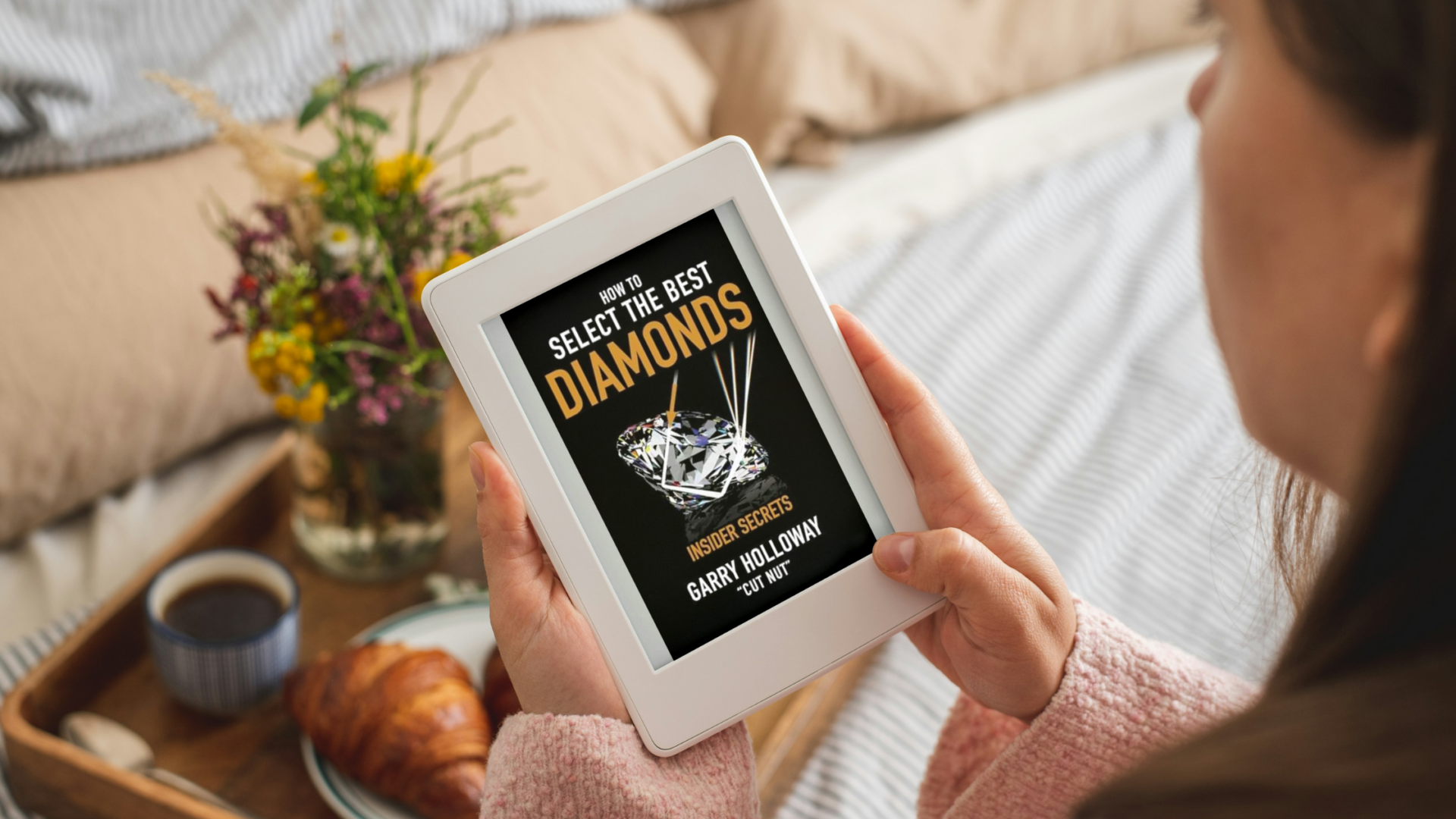Smarti5051
Rough_Rock
- Joined
- May 21, 2003
- Messages
- 8
If you are a consumer working with an on-line jeweler to find three perfect stones for an e-ring, and you have a budget of $20K, who generally pays to get a Sarin analysis and/or B-scope test done, the consumer or the vendor? I intend to buy all three stones from the same vendor, and when I asked for this information, the vendor indicated it could be obtained, but that I would have to pay the cost for the round-trip insured shipping for each stone I am interested in, as well as the cost of the reports. On one level I could see how that would be fair, but it sure serves as a disincentive to have enough stones checked to make sure that the stones I end up with are well-cut and perform well. The vendor indicated that I would have to pay for each stone I rejected, but that there would be no additional cost for the stones I ultimately wanted.
I am certainly cost conscious. However, the vendor I am going with does not have the cheapest prices on the block, but does pride itself on being service oriented and seems to be universally respected on the boards I have read. I was sort of hoping to not have to pay extra money to get this information, but if that is pretty standard in the industry, than I guess I will do it.
Finally, as an aside, what percentage of "well cut" princess diamonds receive high/very high results on a B-scope analysis? The vendor indicated that the goal would be to select good diamonds to test, so the likelihood of rejects would be small. What percentage of diamonds perform well on these types of tests. For a vendor that knows what to look for, is the good performer rate 50%? 25%? 10%?
Your thoughts on these questions would be greatly appreciated.
I am certainly cost conscious. However, the vendor I am going with does not have the cheapest prices on the block, but does pride itself on being service oriented and seems to be universally respected on the boards I have read. I was sort of hoping to not have to pay extra money to get this information, but if that is pretty standard in the industry, than I guess I will do it.
Finally, as an aside, what percentage of "well cut" princess diamonds receive high/very high results on a B-scope analysis? The vendor indicated that the goal would be to select good diamonds to test, so the likelihood of rejects would be small. What percentage of diamonds perform well on these types of tests. For a vendor that knows what to look for, is the good performer rate 50%? 25%? 10%?
Your thoughts on these questions would be greatly appreciated.





300x240.png)